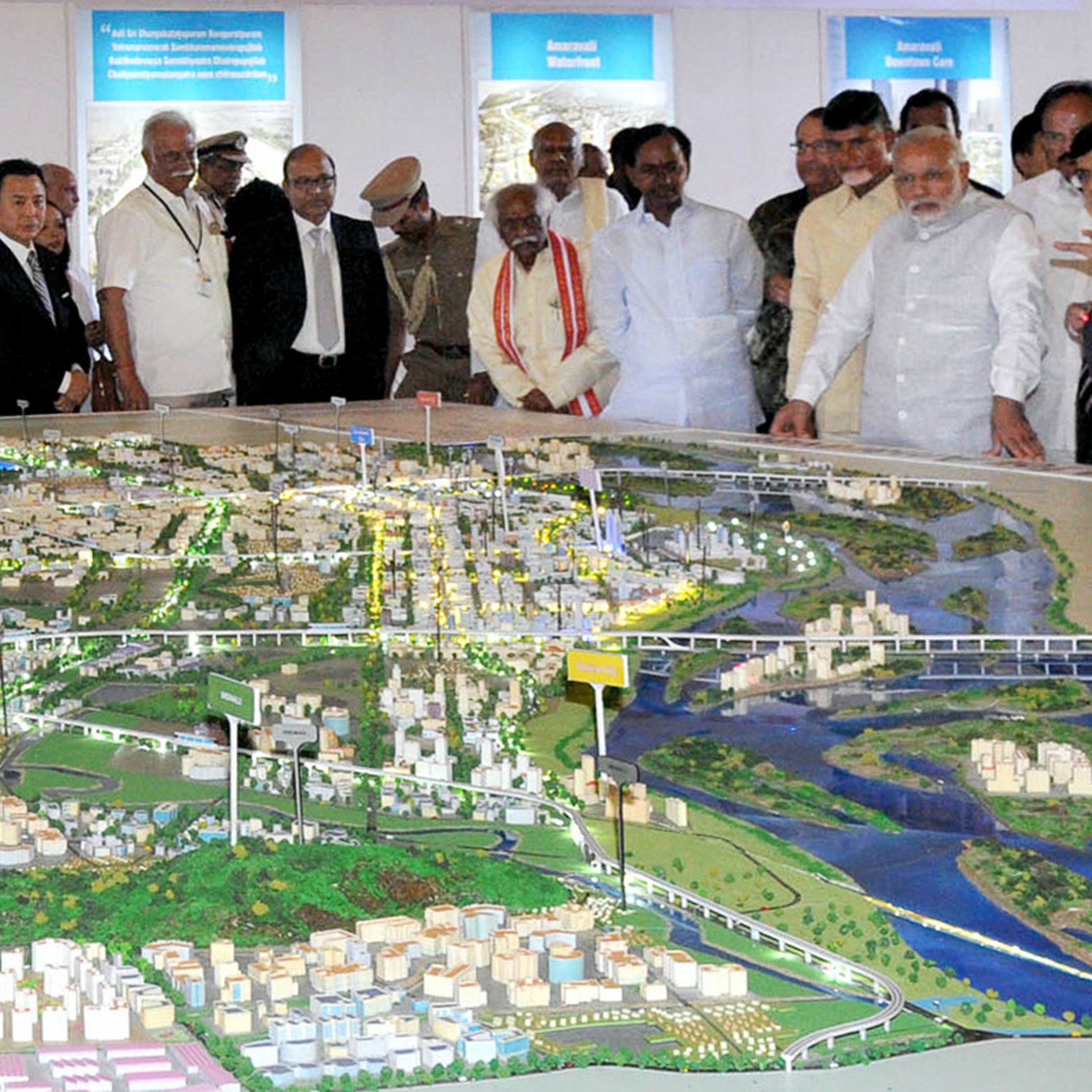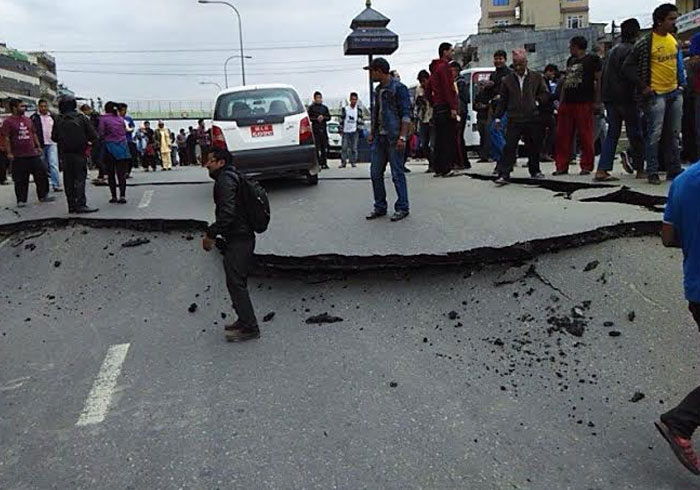Why Andhra Pradesh’s new capital Amaravati will never be a smart city

Andhra Pradesh Chief Minister N Chandrababu Naidu is obsessed — rather naively — with technology. Any proposal revolving around technology and its feats tends to dazzle him. It is then not surprising that Naidu’s plan for the new capital, Amaravati, to be built over 10 years and spread over 54,000 acres, is technology heavy. The plan envisages a capital marked by steel-and-glass high rises, mass rapid transit systems and manicured stretches of green. Some urban planners would find this to be a dream layout.
Recall his earlier creation of the much-hyped Cyberabad on the outskirts of Hyderabad when he was the Chief Minister of the undivided state from 1995 to 2004. Naidu is confident that he can repeat the same feat in building the modern city of Amaravati. Of course, he is inspired by the Singapore model, the city-state which has packed in so much in such little space. It would, however, be a mistake to plan an Indian city based on the Singapore model, either economically or in urban planning. There is a huge difference of scale between Andhra Pradesh and Singapore, which could easily distort attempts at replication. Singapore needed to accommodate many different components of a modern city in the small compass of the territory that was available to it. In contrast, Indian cities with their expansive hinterlands in each of them, can afford to follow a different model of working with more space.
Second, Naidu is resentful of losing Hyderabad to Andhra. From the 1950s onward, the entrepreneurs and capitalists from coastal Andhra, who heavily invested in Hyderabad, claimed to have built the city as it exists now. The loss of Hyderabad has economic, political, and, more importantly, psychological dimensions to it, especially for citizens of Andhra Pradesh. Naidu wants to make up for the loss by building a capital that surpasses the city of Charminar in every way possible. His mega plans for the megalopolis of Amaravati stems from this perception.





